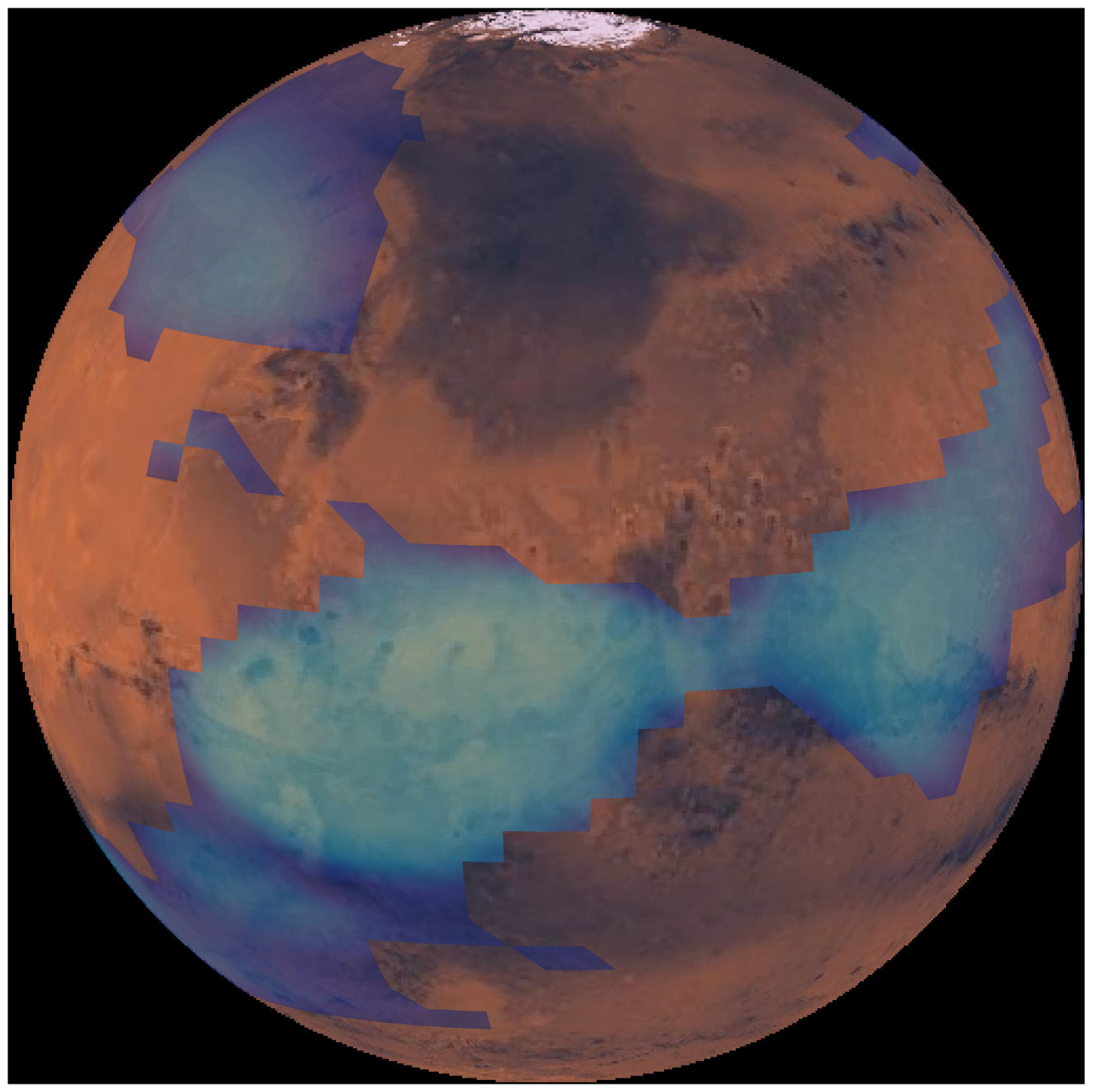

Researchers from the University of Colorado at Boulder have new insight into the clouds that dot the Red Planet.
While the clouds have long been documented in Mars’ middle atmosphere -- which begins about 18 miles above its surface -- little was known about how they form in the planet’s thin, dry air.
New research shows that these wispy bodies are actually accumulations of “meteoric smoke.”
Graduate student Victoria Hartwick, who leads the research team, said that icy dust is known as ice nuclei, and it’s launched when meteorites or space debris break up in the planet’s atmosphere.
“An ice nuclei is some sort of atmospheric aerosol that allows water vapor to condense onto it, so we're essentially talking about something that water can come out of the air and just fall onto or sit on and make it easier to form a cloud droplet,” Hartwick said.
Hartwick and co-authors Brian Toon at CU Boulder and Nicholas Heavens at Hampton University in Virginia started this project with one basic fact: Clouds need a seed to form.
"Clouds don't just form on their own," Hartwick said. "They need something that they can condense onto."
Here on Earth, clouds are typically formed when water molecules stick to tiny grains of sea salt or dust blown into the air until they form into clouds visible from the ground. But making clouds from meteor dust isn’t unheard of. Hartwick said meteors are thought to be the seeds for some of Earth’s wispy noctilucent clouds.
“On Earth, they are really high altitude clouds that form in the summer north pole that form on meteoric smoke,” she said. “The burnt up bits form really small meteoric material that impact the atmosphere.”
To find out if such smoke would be enough to give rise to Mars’ mysterious clouds, Hartwick’s team turned to massive computer simulations that attempt to mimic the flows and turbulence of the planet’s atmosphere.
And sure enough, when they included meteors in their calculations, clouds appeared.
“Our model couldn’t form clouds at these altitudes before,” Hartwick said. “But now, they’re all there, and they seem to be in all the right places.”
The discovery could help reveal information not only about the weather conditions on present-day Mars but also about the planet's past climate.
“Studies have suggested that clouds high up could potentially induce sort of like a greenhouse effect that would warm the surface,” Hartwick said. “This meteoric smoke could be a good way to form clouds at those altitudes and maybe induce the warming that we need to get above freezing temperatures at the Mars surface.”
This could help scientists understand how early Mars’ climate was warm and wet.








